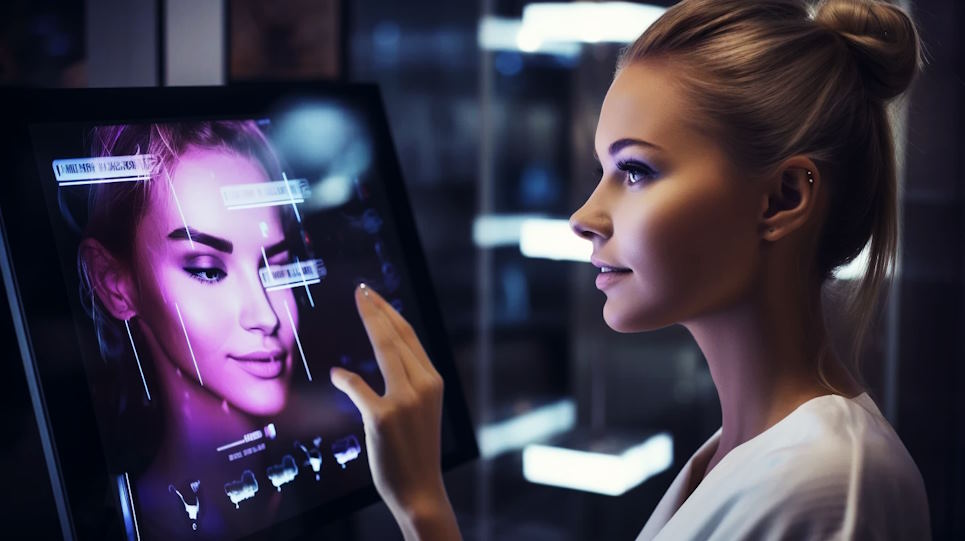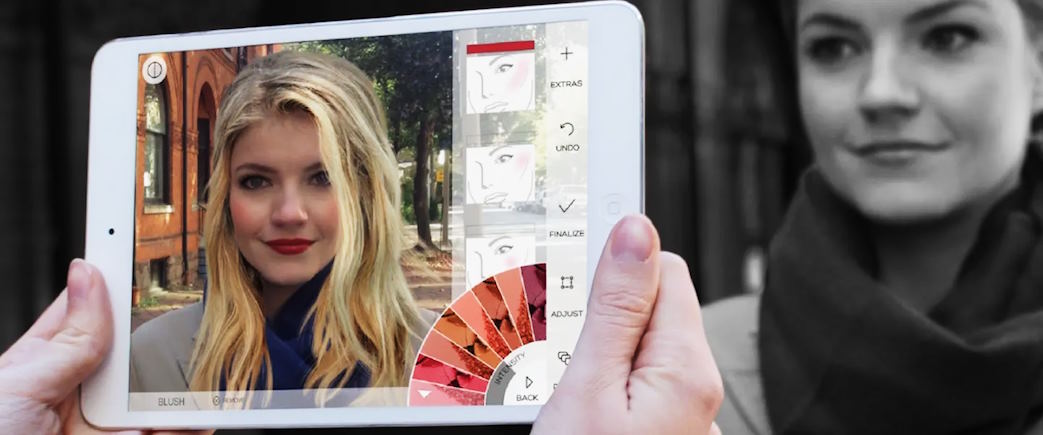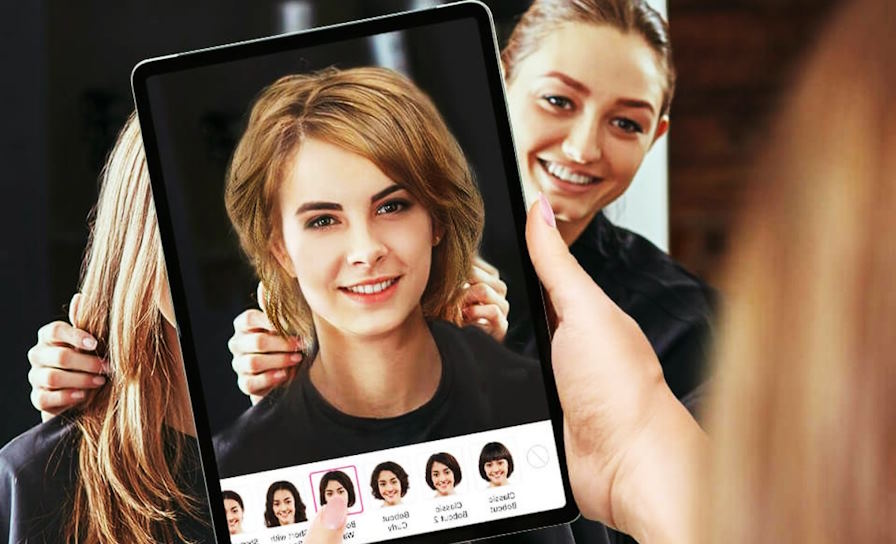Experience Virtual Makeovers by Trying on New Hairstyles Through Augmented Reality
In a world where self-expression is increasingly intertwined with digital innovation, the notion of trying on new hairstyles has transcended the confines of physical salons. The rise of augmented reality has given birth to virtual makeovers, redefining the way we engage with beauty and style. No longer limited to static images or hypothetical musings, individuals can now step into the future of beauty exploration, seamlessly integrating technology into their decision-making process.
Exploring Virtual Hairstyle Platforms
The transition from traditional makeovers to virtual experiences is facilitated by a plethora of user-friendly platforms. Virtual makeover apps have gained immense popularity, offering features that go beyond mere image manipulation. These platforms provide a diverse range of hairstyles, colors, and customization options, catering to a broad spectrum of user preferences.
Leading the charge are platforms that prioritize accessibility and intuitive interfaces. Users can easily navigate through a virtual catalog of hairstyles, selecting and applying them with a simple tap. The virtual try-on experience is designed to be seamless, providing a realistic preview of how the chosen hairstyle would look in the real world. These platforms democratize the beauty exploration process, allowing users to experiment with styles that resonate with their unique personalities.

How Virtual Makeovers Work
The magic behind virtual makeovers lies in the intricate technology that powers them. Real-time tracking and rendering of virtual hairstyles ensure that the applied styles seamlessly align with the user’s movements and facial features. This technological marvel enables users to turn their heads, move, and even capture images or videos to share their virtual transformations with others.
The customization options offered by virtual makeover platforms add an extra layer of personalization. Users can tailor the length, color, and texture of the virtual hairstyles to match their preferences accurately. The result is a dynamic and adaptive virtual experience that mirrors the individuality of each user, transcending the limitations of traditional makeovers.
Benefits of Virtual Hairstyle Try-Ons
The benefits of virtual hairstyle try-ons extend beyond the novelty of technology. These digital makeovers empower individuals to step out of their comfort zones, experimenting with styles they might have hesitated to try in a traditional setting. The virtual realm becomes a playground for self-expression, where users can explore different facets of their identity through diverse hairstyles.
Saving time and resources is another significant advantage of virtual makeovers. The instant nature of virtual try-ons eliminates the need for lengthy salon appointments or the commitment to a particular style without prior exploration. Users can efficiently navigate through a myriad of options, ensuring that the chosen hairstyle aligns seamlessly with their preferences and lifestyle.
Boosting confidence and self-esteem is a transformative aspect of virtual makeovers. The ability to visualize oneself with a new hairstyle provides a sense of empowerment, allowing individuals to make informed decisions about their appearance. This newfound confidence extends beyond the digital realm, influencing how users perceive themselves and interact with the world around them.

Challenges and Limitations
While virtual makeovers open doors to a world of possibilities, they are not without challenges and limitations. Technical constraints, such as accurate tracking and rendering of virtual hairstyles, can pose hurdles to a truly seamless experience. The challenge lies in achieving a level of realism that matches or surpasses traditional makeovers, ensuring that users can trust the virtual representation of their chosen hairstyles.
Realistic representation of virtual hairstyles is a critical consideration. The success of virtual makeovers hinges on the ability to accurately simulate how a hairstyle will look in the real world. Striking the right balance between creativity and authenticity is an ongoing challenge for developers and beauty professionals alike.
User concerns about privacy and security are additional challenges that must be addressed. The integration of augmented reality into personal grooming routines raises questions about data protection and the potential misuse of facial recognition technology. Ensuring robust privacy measures and transparent communication with users is paramount to building trust in virtual makeover platforms.
Posts
About
 Join our beauty tribe for a curated experience on our blog. Discover expert tips, trend updates, and transformative advice to redefine your routine. From skincare rituals to makeup mastery, embark on a journey to enhance your natural radiance. Let our insights guide you to a world of self-love and confidence.
Join our beauty tribe for a curated experience on our blog. Discover expert tips, trend updates, and transformative advice to redefine your routine. From skincare rituals to makeup mastery, embark on a journey to enhance your natural radiance. Let our insights guide you to a world of self-love and confidence.

